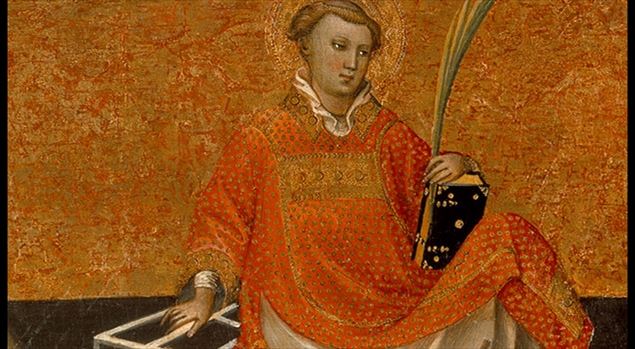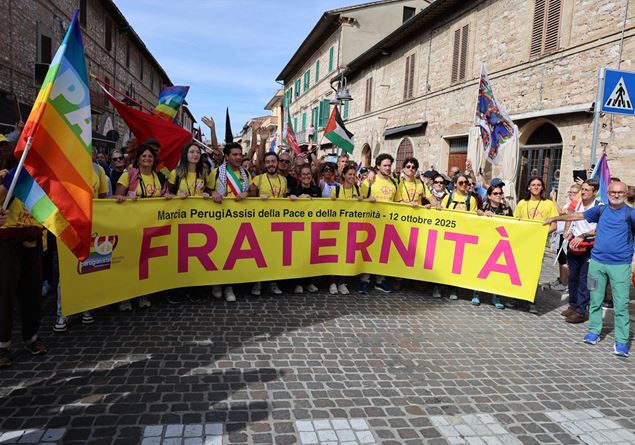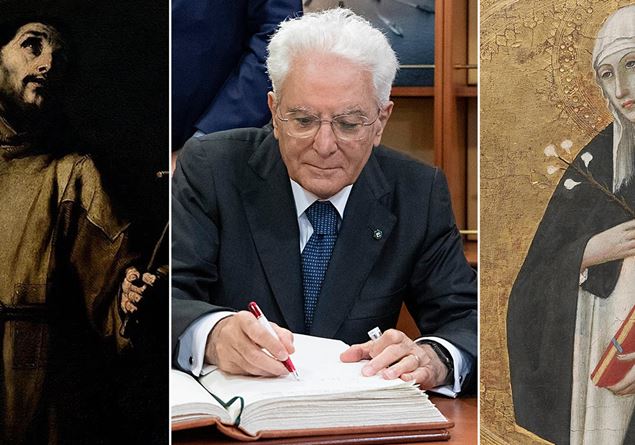Pietro da Cortona, San Lorenzo dragged on the graticola
He is patron of deacons, cooks and firefighters. From the first centuries of Christianity, Lorenzo is generally depicted as a young deacon covered with Dalmatian, With the recurring attribute of the graywood or, in more recent times, of the Treasury Stock Exchange of the Roman Church he distributed, according to the hagiographic texts, to the poor.
The hagiographers agree in recognizing the owner of the necropolis of the Via Tiburtina in Rome in Lorenzo. It is certain that Lorenzo died martyr for Christ probably below the emperor Valerianbut it is not so certainly the torture of the graticola on which it would have been spread and burned.
His body is buried in the crypt of the confession of San Lorenzo together with Saints Stefano and Giustino. The remains were found during the restorations made by Pope Pelagio II.
There are numerous churches in Rome dedicated to him, among the many it is to be counted that of San Lorenzo in Palatioor the Pope’s private oratory in the Lateran homeland, where, among the relics kept, there was the head.
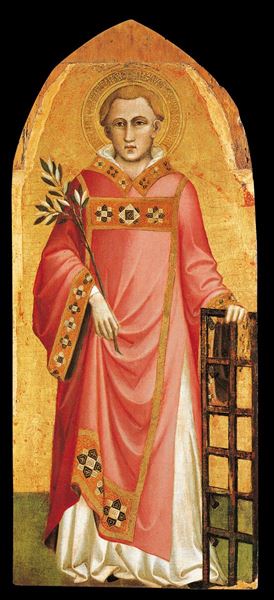
The skinny biography
The news about the life of San Lorenzo, who in the past has enjoyed considerable popular devotion, have scarce. It is known that it was originally from Spain and more precisely in Osca, Aragon, at the Pyrenees’ footsteps. Still young, he was sent to Saragozza to complete humanistic and theological studies; It was here that he met the Future Pope Sixtus II. These taught in what was, at the time, one of the best known centers of study of the city and, among those masters, the future Pope was one of the best known and appreciated. Mutual friendship and estimate began between teacher and pupil. Both, following a very lively migratory flow, left Spain to move to Rome. When on 30 August 257 Sisto was elected bishop of Rome, he entrusted Lorenzo the task of Arcidiacono, that is, of responsible for charitable activities in the diocese of Rome, of which 1500 people between poor and widows benefited.
Martyrdom
At the beginning of August 258 the emperor Valerian had emanated a edict, according to which all the bishops, priests and deacons had to be put to death. The edict was carried out immediately in Rome, at the time in which Daciano was prefect of Urbe.
Surprised as he celebrated the Eucharist in the catacombs of Storesta, Pope Sixtus II was killed on August 6 together with four of his deacons, including Innocent; Four days after August 10, it was Lorenzo’s turn, who was 33 years old. You are not sure if he was burned with grayworks put on the burning fire.
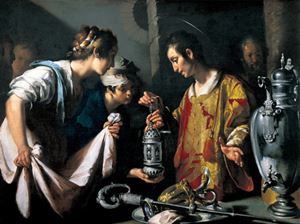
Bernardo Strozzi, San Lorenzo distributes the riches of the Church (photo Wikimedia Commons)
Do you live on the graywood?
According to an ancient “passion”, collected by Sant’Ambrogio, San Lorenzo was burned on a graychola: a torture that will inspire works of art, texts of pity and popular sayings for centuries. But studies consider this tradition legendary. The Valerian ìimentore did not order torture. We can believe that Lorenzo has been beheaded as Sixtus II, Cipriano and many others. The body is then placed in a tomb on the Via Tiburtina. On it, Costantino will build a basilica, then enlarged gradually by Pelagio II and Honorius III; and restored in the twentieth century, after the damage of the American bombing on Rome of 19 July 1943.
What does the saint have to do with the tradition of the falling stars?
There Night of San Lorenzo (10 August) is traditionally associated with the phenomenon of falling stars, considered evocative of the burning coal on which the saint was martyred. In fact, in those days, the earth crosses the weather swarm of the Perseids and the atmosphere is crossed by a number of small meteors much higher than normal. The phenomenon is particularly visible to our latitudes as the summer sky is often serene.
Famous the poetry of Giovanni Pascoliwho interprets the rain of falling stars like celestial tears, entitled precisely, from the day dedicated to the saint, X August: “San Lorenzo, I know because so much / of stars for the quiet air / burning and falls, so that you cry crying / in the concave sky stars …”.





